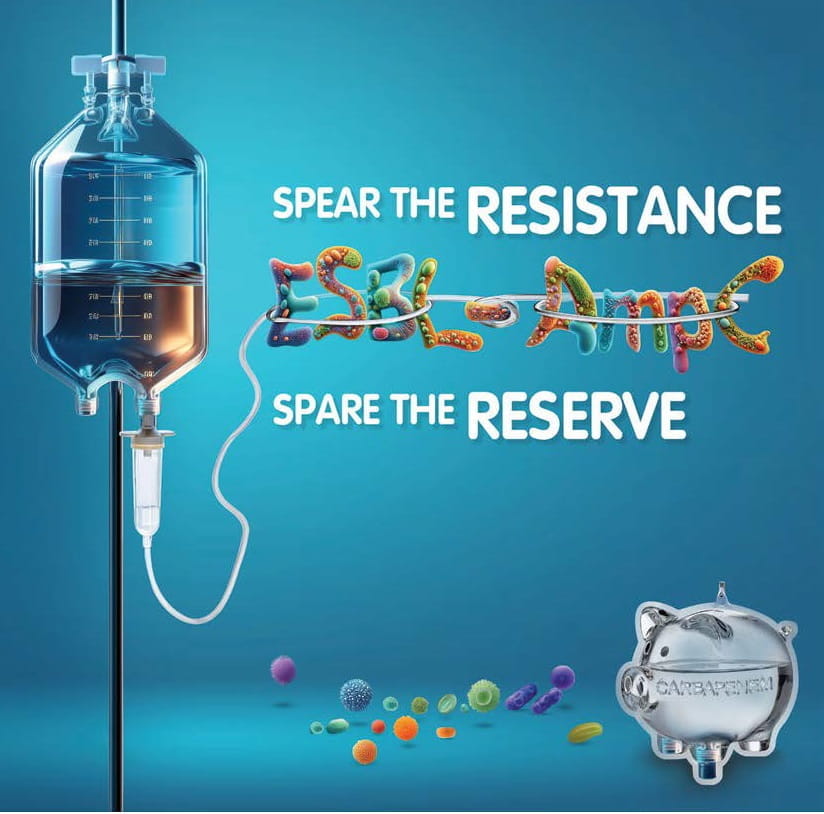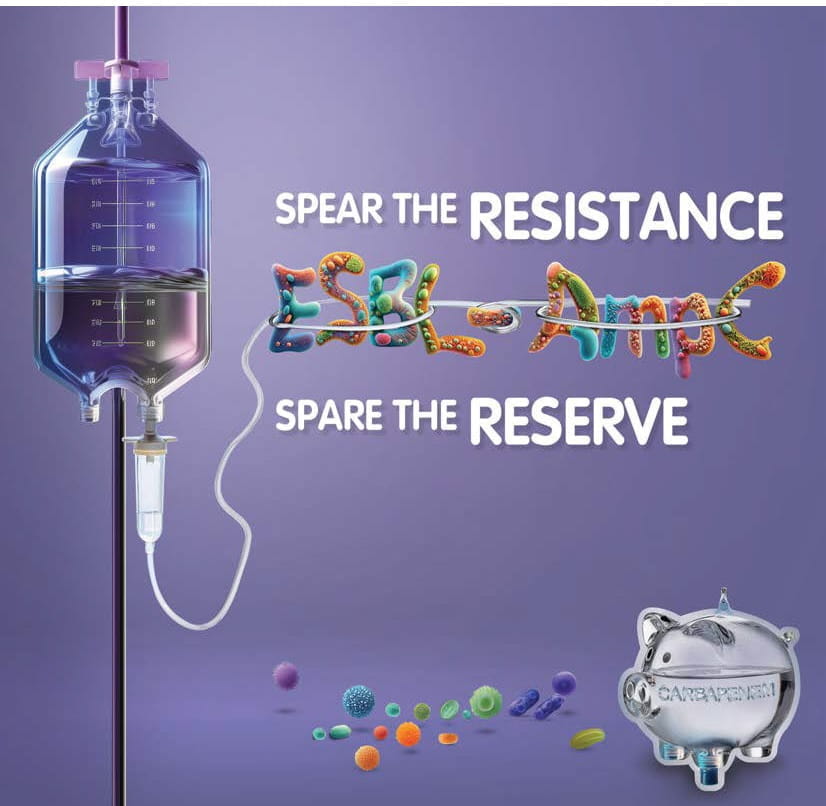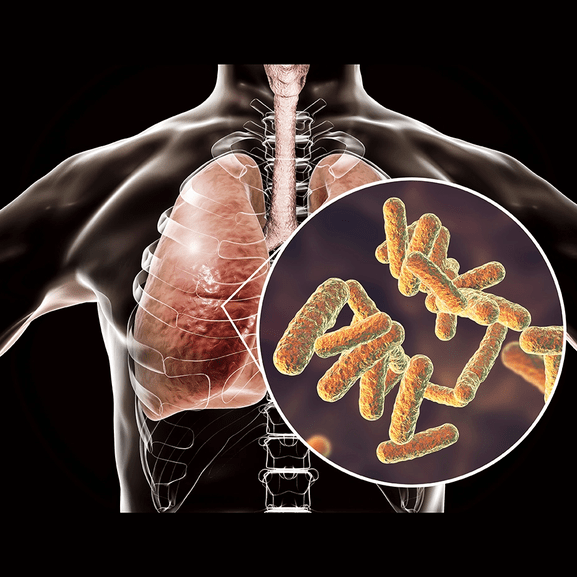Vancomycin-dependent Enterococci: A Microbiology Heist
Speaker: Dr Ruchika Gupta (Bagga), Canada
Introduction:
A rare but intriguing bacterial phenomenon was explored through the presentation of vancomycin-dependent enterococci (VDE). These organisms were described as capable of utilizing vancomycin for survival and growth—an unusual adaptation that may be underreported due to limited detection efforts.
Clinical Case and Detection:
-
The phenomenon was initially detected when a colony grew on vancomycin screening agar but failed to grow on blood agar. Upon further investigation, growth was confirmed only in the presence of vancomycin.
-
PCR testing identified the vanB gene in the isolate.
-
The case involved a patient with a complex clinical history: dual orthotopic liver transplants, CMV viremia, probable aspergillosis, recurrent antibiotic exposure, and acute kidney injury. The patient had been on prolonged oral vancomycin therapy for C. difficile colitis.
-
A multidisciplinary team meeting was convened to determine management. No clear treatment pathway was found due to the organism’s dependence on vancomycin.
Institutional and Literature Insights:
-
Four additional cases of VDE were identified retrospectively from the same center over three years.
-
All isolates were VanB-positive E. faecium and had originated from a single rehabilitation facility, suggesting possible endemic transmission.
-
Common factors among cases included prolonged vancomycin use (over three weeks) and renal dysfunction.
-
Literature from the late 1990s onward confirmed sporadic reports of VDE, especially in high-antibiotic-use settings like BMT units and dialysis centers.
Mechanism of Dependence:
A mechanism was described wherein vancomycin was used by the bacteria for constructing D-Ala-D-lactate moieties via mutated ligase genes. This unique mechanism was attributed to the plasticity of the enterococcal genome, which can incorporate foreign genetic elements. It was hypothesized that in the absence of vancomycin, reversion to typical vancomycin-resistant enterococci (VRE) might occur.
Surveillance and Reporting Challenges:
-
Lack of standard testing and reporting methods was emphasized.
-
Diagnostic inconsistencies were reported, with terminology varying between “vancomycin tolerant,” “vancomycin sensitive VRE,” and “vancomycin dependent enterococci,” complicating surveillance efforts.
Future Directions:
Concerns were raised about outbreak potential and clinical management of VDE. Suggestions were made to incorporate vancomycin-containing media into routine testing protocols. Use of AI
and mass spectrometry imaging was proposed for improved identification and differentiation of VDE from VRE and susceptible strains.
Conclusion:
VDE was characterized as both a microbiological curiosity and a potential clinical threat. Though not yet widely recognized or reported, its existence challenges current diagnostic paradigms and warrants further research into detection, treatment, and infection control.
ESCMID Global, April 11-15, 2025, Vienna




